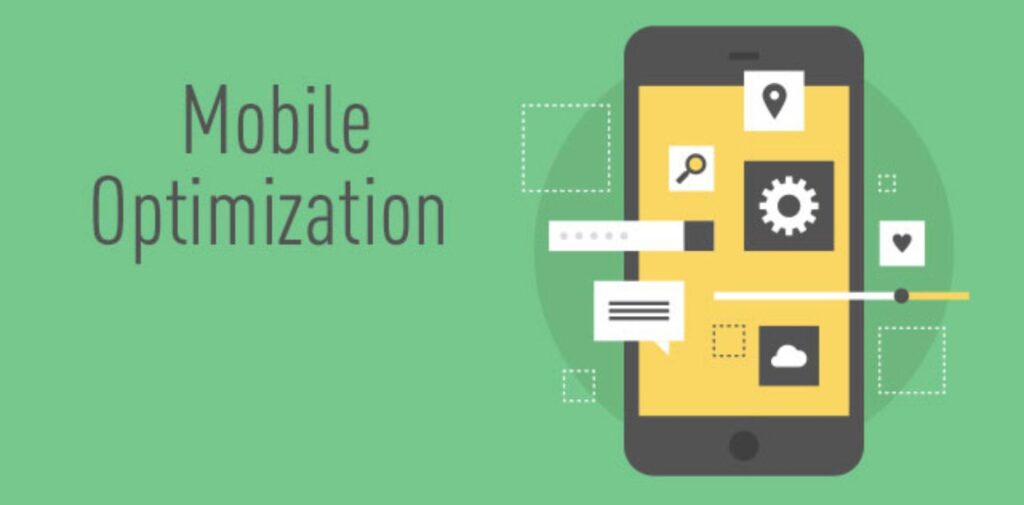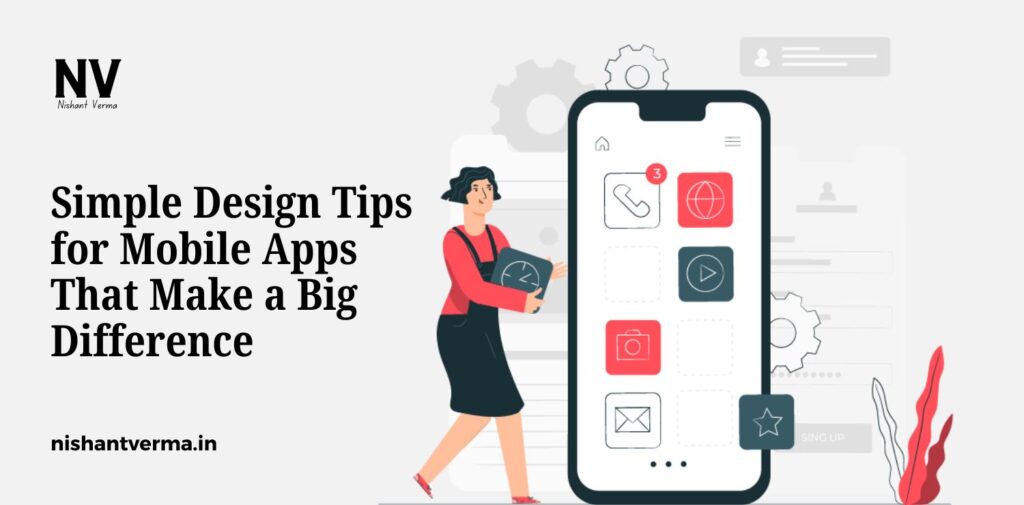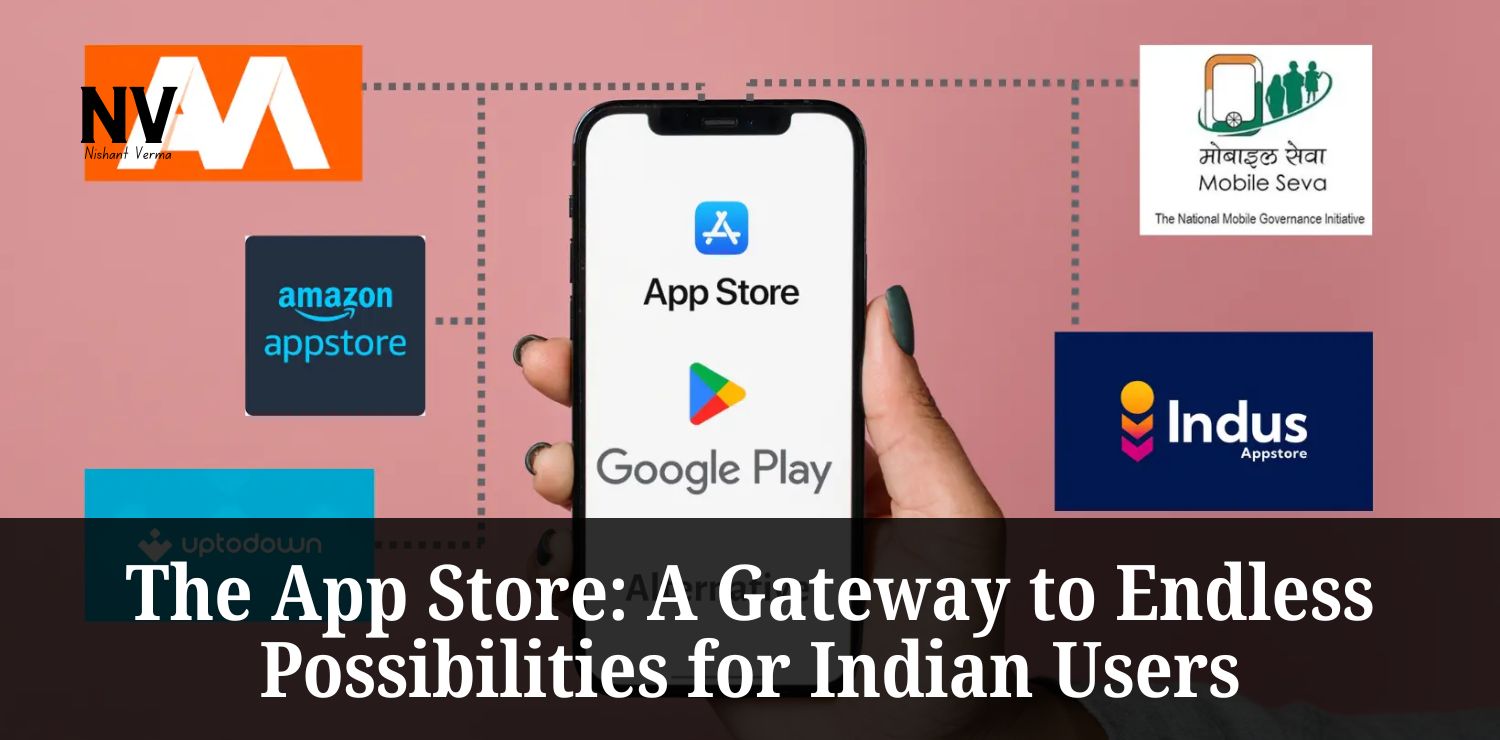In today’s digital age, mobile apps are an essential part of our daily lives. Whether we are ordering food, shopping, or chatting with friends, mobile apps have made life more convenient. But have you ever wondered why some apps stand out while others don’t? A good mobile app design is crucial for attracting users and ensuring they have a smooth and enjoyable experience. In this article, we will discuss some simple yet effective mobile app design tips that can help you create an app that users love to use.

1. Keep It Simple and Clean
When it comes to mobile app design, simplicity is key. Users are often looking for a quick solution to their needs, and an overly complicated design can drive them away. A simple design ensures that users can easily navigate through the app without feeling overwhelmed.
A clean design doesn’t mean that you should remove all features or information. Instead, it means organizing everything in a way that makes it easy to find and use. Use whitespace to separate different sections of the app, and avoid clutter by only displaying the most important information on the screen.
Remember, less is more when it comes to mobile app design. If you want to add multiple features, make sure they are easily accessible through menus or tabs, so the main screen remains clean and functional.
2. Make Navigation Easy
One of the most important aspects of any mobile app is navigation. A good navigation system ensures that users can quickly find what they are looking for. If users have to struggle to navigate your app, they will most likely abandon it and look for something else.
Keep the navigation as simple and intuitive as possible. Use familiar icons, such as the hamburger menu for the side navigation or a bottom navigation bar for quick access to important sections. Also, ensure that the buttons are large enough to be easily tapped on mobile screens.
The back button is another important aspect of navigation. It should be easy to find and work consistently across the app, especially for Android users, as they are used to it. Always provide clear feedback when a user interacts with a button, so they know that their action has been registered.
3. Focus on User Experience (UX)
User experience (UX) is at the heart of any successful app design. A good UX ensures that users can easily understand how to use your app and feel comfortable doing so. To create a great user experience, pay attention to the following aspects:
- Speed: Users expect apps to load quickly and work smoothly. Slow-loading apps or ones that lag will frustrate users and cause them to delete the app.
- Consistency: The design of your app should be consistent throughout. The colors, buttons, fonts, and layout should all follow a similar style, which makes the app feel familiar and easy to use.
- Feedback: Provide feedback when users interact with the app. This could be a subtle animation, a loading spinner, or a message that confirms an action was successful.
- Error Handling: No one likes to encounter errors, but when they do occur, make sure the app provides a helpful message so users know what went wrong and how to fix it.
By focusing on the user’s needs and ensuring that the app is easy to use, you will create a better experience that keeps them coming back.

4. Optimize for Mobile Devices
Since your app will primarily be used on mobile devices, it’s essential to optimize its design for small screens and touch interactions. Here are some tips to keep in mind:
- Responsive Layout: The app should look good on all screen sizes, whether it’s a small phone or a large tablet. Make sure elements like buttons, text, and images scale correctly and don’t appear too small or distorted on different devices.
- Touchable Elements: Mobile devices rely on touch, so make sure all interactive elements are large enough to be easily tapped. Buttons should be at least 44×44 pixels, as this is the recommended size for touch targets.
- Typography: Since mobile screens are small, readability is essential. Use large, legible fonts and maintain good contrast between text and background to ensure users can easily read the content.
- Gestures: Mobile apps often use gestures, such as swiping and pinching, for navigation. If your app uses these gestures, ensure that they are intuitive and easy for users to understand.
By optimizing the app for mobile devices, you ensure that users can have a smooth and enjoyable experience, regardless of the device they are using.
5. Use Color Wisely
Colors play a crucial role in app design as they can influence user emotions and actions. The right colors can make your app feel welcoming, while poor color choices can lead to frustration or confusion. When selecting colors for your app, consider the following tips:
- Consistency: Stick to a limited color palette to maintain a cohesive design. Avoid using too many colors, as this can make the app look chaotic.
- Contrast: Ensure there is enough contrast between text and background to make reading easy. For example, white text on a dark background or dark text on a light background is easier to read than light text on a light background.
- Branding: Use colors that reflect your brand identity. If your app is connected to a business or service, use the same colors that are associated with your brand for a consistent look.
- Emotional Impact: Different colors can evoke different emotions. Blue, for example, is often associated with trust and calmness, while red is associated with excitement and urgency. Choose colors that align with the purpose and mood of your app.
Using colors effectively can make your app more visually appealing and create a better emotional connection with your users.

6. Test and Improve
Once you have designed your app, it’s important to test it thoroughly before launching it. This will help you identify any issues with usability, performance, or design that could negatively impact the user experience.
Testing should include:
- User Testing: Get feedback from real users to understand how they interact with the app. This can help you spot pain points that you might have missed during the design phase.
- Performance Testing: Ensure the app runs smoothly on all devices and that it loads quickly. Slow performance can lead to high abandonment rates.
- A/B Testing: Try out different design variations to see which one works best for your users. This could include testing different button placements, color schemes, or navigation structures.
By continuously testing and improving your app, you can ensure that it remains user-friendly and stays competitive in the market.
Conclusion
Designing a mobile app that users love requires careful attention to detail. By keeping the design simple, ensuring easy navigation, focusing on user experience, optimizing for mobile devices, using colors wisely, and continuously testing and improving the app, you can create an app that is not only functional but also enjoyable to use. Remember, a well-designed app doesn’t just look good – it provides a seamless and engaging experience that keeps users coming back.
If you’re planning to create your own app, consider these tips and watch how they make a difference in the overall success of your mobile app.




